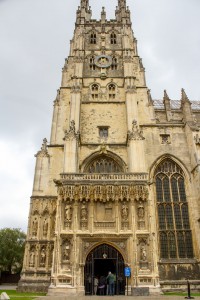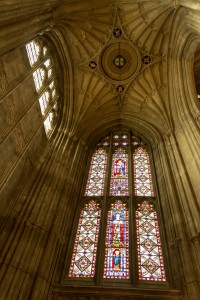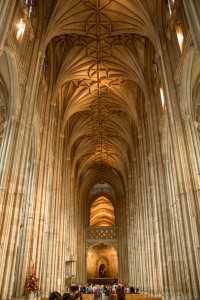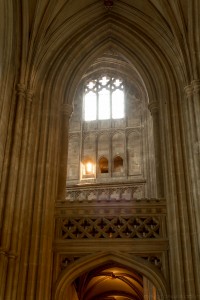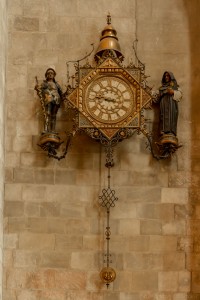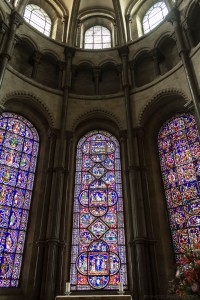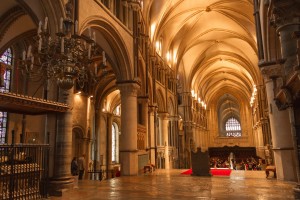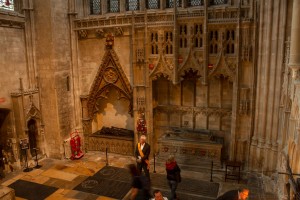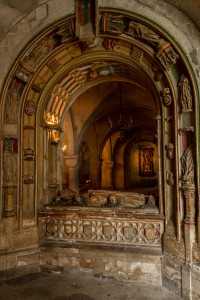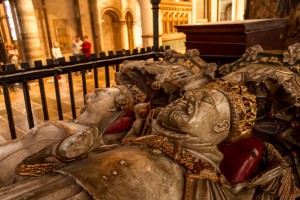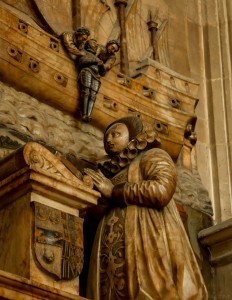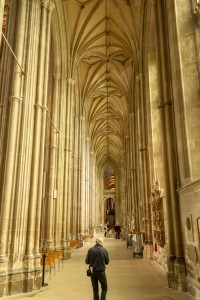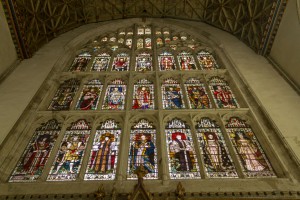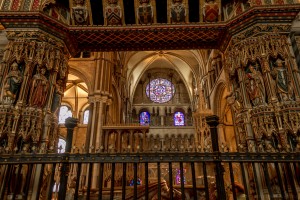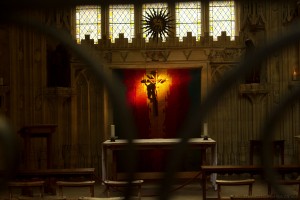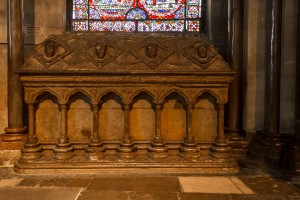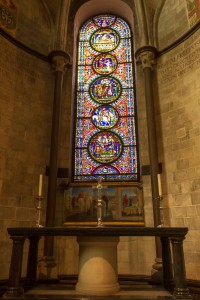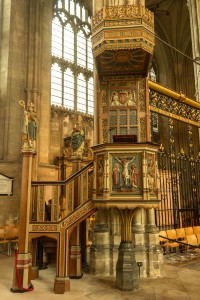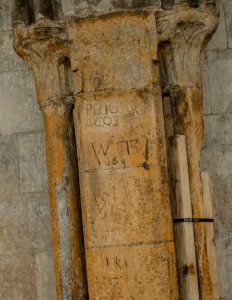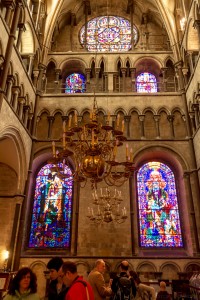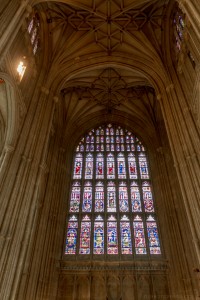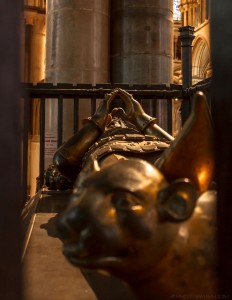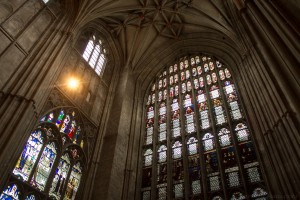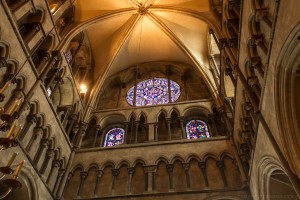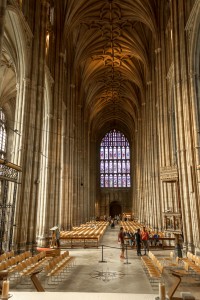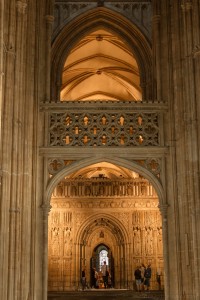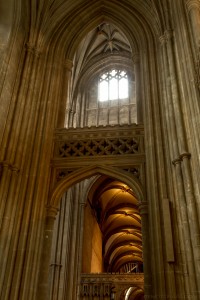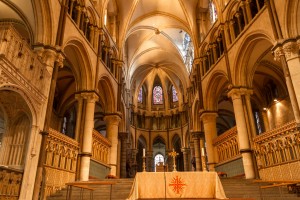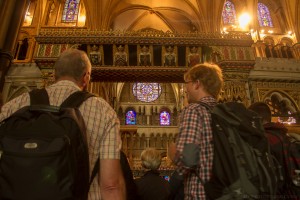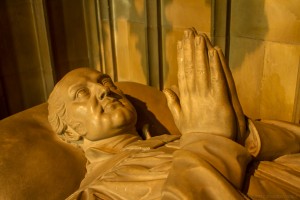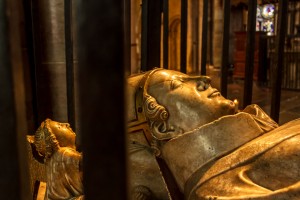Canterbury Cathedral
I went to Canterbury Cathedral the other day to walk around and take some pics. It cost £10 entry fee but it was well worth it and i’m happy to support these spectacular monuments to British history. It currently costs £2000 per day just to run the basic Cathedral facilities so it need our support now more than ever. Even though i’m an atheist, i find walking through these amazing Norman buildings quite a spiritual and humbling experience. The amount of skill and effort that went into creating these structures is quite amazing. And now for some historical info and photos!
Canterbury Cathedral is one of the oldest and most important religious structures in the world, being the centre of the Anglican Church and the cathedral of the Archbishop of Canterbury, leader of the Church of England. The cathedral was founded in 597 by St Augustine of Hippo, an early Christo-roman theologian and philosopher. He used a former roman church as the basis for the original construction.
Changes and Additions
Since its initial construction, the cathedral has seen many additions and alterations over the years. It was destroyed by a fire in 1067 and then completely rebuilt by the Norman Archbishop Langfranc between 1070 and 1077. His design was based closely on the Abbey of St. Etienne in Caen, where he had been abbot and Caen stone was also imported and used to build the new cathedral. The Trinity Chapel was built between 1180-84 to house the Shrine of Saint Thomas Beckett and later the tombs of the Black Prince – Edward Plantagenet – and King Henry IV. During the late 14th and early 15th centuries the nave and transepts were rebuilt under the direction of Henry Yevele, a noted master mason. Numerous other minor changes have been made in later years.
Thomas Becket
Thomas Becket was archbishop of Canterbury from 1162 until his murder in 1170 by knights of King Henry II. Ironically he had been very close to the King, having been Lord Chancellor to the King’s Treasury for 7 years prior to his confirmation as Archbishop. Becket embraced his new role enthusiastically, becoming an ascetic, dropping all his worldly needs and desires in his devotion to the Church and Christianity. At the same time, Henry II was trying to reduce the influence of the Church and Rome via the Constitutions of Clarendon. Becket refused to accept these new constitutions. This clash of interests eventually led to Becket’s demise. Four of the King’s Knights – Reginald fitzUrse, Hugh de Morville, William de Tracy, and Richard le Breton – killed Thomas Becket in Canterbury Cathedral, near the stairs to the crypt, after he refused to come with them and account for his actions before the King. Due to this act of martyrdom, Thomas Becket attained sainthood in 1173, less than 3 years after he was murdered.
In the following years the fame of the murdered Archbishop grew, with many many people from across the world making pilgrimage to Canterbury Cathedral to pay homage to the fallen priest at the Shrine of Saint Thomas. The Cathedral has raised considerable funds from Becket’s popularity over the years, selling various religious items and momento’s associated with him. This money has helped to pay the considerable costs of the upkeep, repairs and expansion to the Cathedral.

